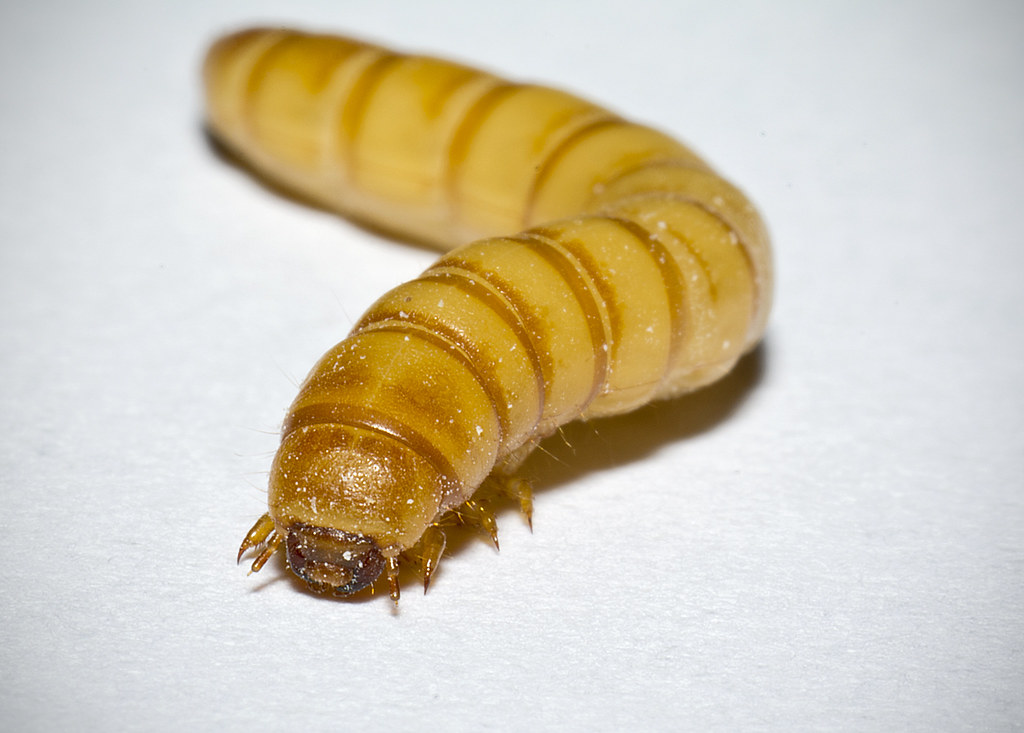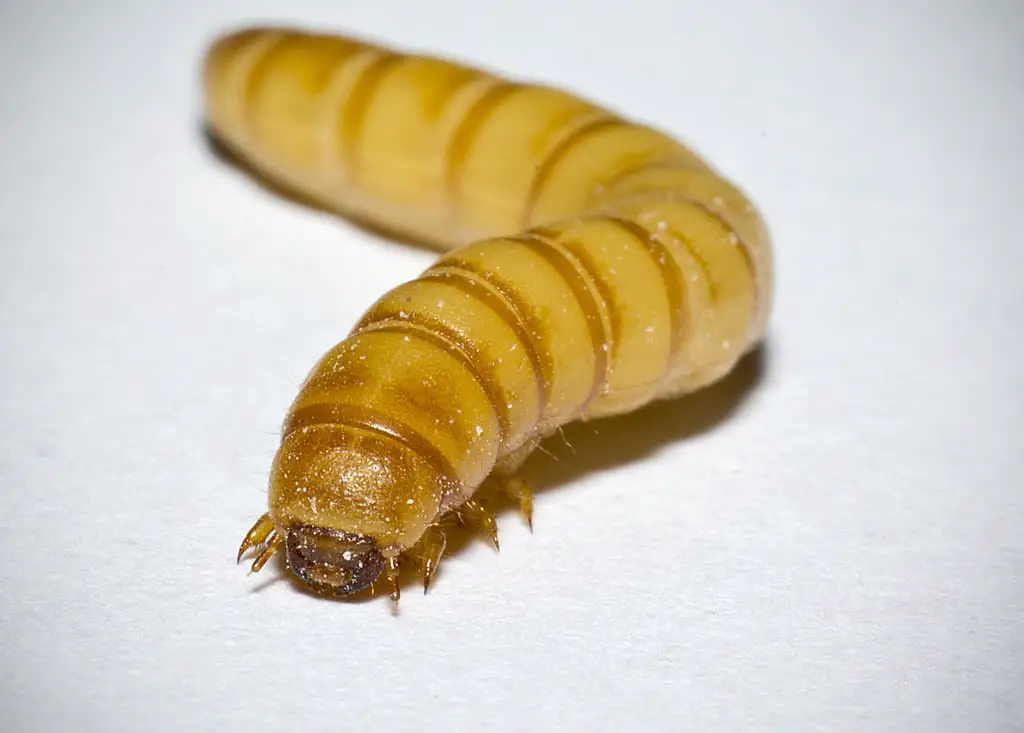
Jeffery Jago is a expert in horticulture and worm breeding. With a background in plant cultivation
Last Updated on July 23, 2021 by Jeffery Jago
Mealworms have become a very popular commodity due to the varied and extensive list of uses as a cheap protein. From lizard food to human food, home growers to industrial cultivation, mealworms continue to grow in popularity at an increasing rate. So let’s talk about the mealworm’s life cycle.
What are mealworms?
Mealworms aren’t actually worms. They are the larvae form of a juvenile darkling beetle of which there are over 20,000 species. The life cycle in this article will be for the most commonly cultivated species, Tenebrio Molitor.
It starts with an egg
These tiny eggs, not barely the size of a small grain of sand, are the first step in the Tenebrio Molitor’s life cycle. Colors can vary by shades but in general, they are bean-shaped with white hues. It makes them relatively easy to spot if you are using a darker substrate, But impossible for a lighter one.
The beetle will continue to exist as an egg for up to 4 weeks, varying species to species.
Larva stage of a mealworms life cycle

This is the second stage in a darkling beetles life cycle, and is when it can be officially called a mealworm.
It starts off very tiny, as you can imagine given how small the egg was. But it will quickly grow into a beast with a length of 1.5 inches, give or take a few centimeters. The overall size will also depend on the species of beetle you’ve chosen to cultivate.
This brown mealworm stage will last around 8 to 10 weeks in normal captivity and in the wild. In an industrial setting, a farmer may add a juvenile hormone to the mealworm in order to permanently keep the darkling beetle in its larva form. This also has a side effect of producing larger (up to 2+ inches) and more meaty mealworm.
The mealworm will moult approximately 20 times during this growth cycle, shedding it’s hard brown shell for a new soft white shell that will harden very quickly.
Note: It’s important to separate mealworms and egg’s at this time, Or they will quickly eat them.
Pupa Stage of the life cycle

When the time has come for the last molt of the mealworm, it will transform itself into a hard white pupa. This form is without entrance or exit, so it no longer feeds. It also won’t move as its legs have ceased to function, altho it may gently waddle back and forth.
During this stage, the beetle is growing all it’s internal organs, getting ready for it’s final adult form.
There really isn’t much to say about this stage as it mostly just sit’s there and does nothing interesting for 1-3 weeks.
Adult stage

At last, Our darkling beetle has become an adult. Once her white soft exoskeleton has had a chance to harden and turn black or brown (2 weeks), she will start laying eggs to continue the mealworm’s life cycle anew. This process only takes a few days after mating.
In this stage, the beetle will have wings, however, this species does not fly. Her lifespan will be up to 3 months, and during that time she will be expected to lay upwards of 500 eggs.
What are mealworms used for?
Mealworms are used for a variety of things, but most prominently, As a feeder insects. From lizards to frogs, mealworms make a great dose of protein, fat, and, with gut loading, other nutrition.
Learn more about the mealworms diet

